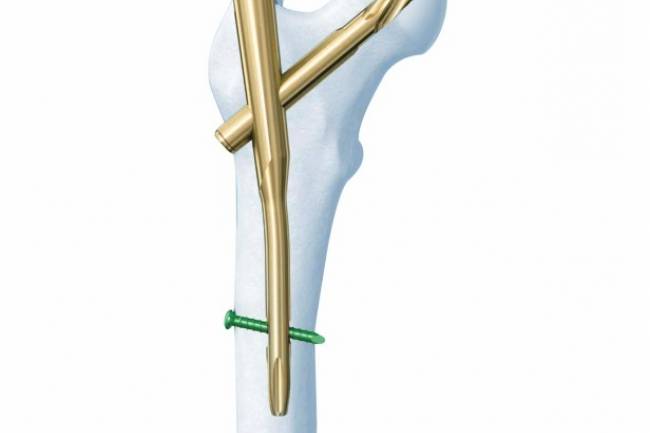
Health Tourism as a Tourist Alternative
Tourism is considered as the transfer to a place for recreational and leisure purposes. The general concept, according to the World Tourism Organization, includes guidelines such as the stay ranging from one night to 365 days. Tourism is usually done as an opportunity for personal rest and as family recreation where almost any location can be chosen.
The context of tourism is broadened when health is included as part of the motivating interest. In this case, it is called health tourism. This term is recent, and was born as an adaptation to medical tourism (its predecessor term) that did not include aesthetic procedures and was limited to medical interventions and treatments for diseases.
Health tourism encompasses any therapeutic and healthcare activity, whether or not the patient has a medical condition. In other words, traveling to a locality for aesthetic treatment in a spa, as for recreation for stress treatment, or to undergo plastic surgery, is considered health tourism.
The concept of health, described by the World Health Organization, does not limit it to the absence of disease and/or some type of condition, but rather extends it to the performance of any activity that promotes the feeling of well-being. Some examples of this are camping, discovery walks, tours, the delight of new cuisines, carrying out religious activity, body massages, aromatherapy, skin treatments, among many more.
How it is enjoyed depends on each tourist based on their ideas, concepts, and preferences about well-being. The advertising that accompanies tourism and, especially, health tourism, highlights certain locations such as the Dubai Healthcare City in Dubai and Florence Nightingale, Hospital of Turkey, as specialized institutions for health treatments.
Also, Cuba for its famous treatments based on alternative medicine, Colombia for its economical aesthetic interventions, Mexico is an attractive destination for a boob job and tummy tuck for US citizens, and Japan for its famous beauty treatments for the skin. Regardless of the preferences in the aforementioned locations, the main reason that drives tourism (health or in general) is to release the tourist's state of stress, which is the cause of many conditions in today's world.
Considering that tourism is a therapy of mental and physical well-being, part of the tourists who do it can accept more rest and recreation with appropriate therapies that extend the effects of well-being induced by tourism. This is the spectrum of health tourism intervention. This symbiosis of travel, different experiences, forgetfulness problems, simple treatments, without risk, with highly structured products, must be presented as a value-added vacation.
In this context, hydrotherapy, thalassotherapy treatments, intensive physiotherapy, aesthetics, and anti-aging, where innovation is mixed with multidisciplinarity - configure the creation of centers with high potential for attraction. In another context, a country can attract senior tourism tertiary care, and that patients can come on vacation in similar units, with the certainty that they will find the same level of care.
In health, tourism should emerge, integrated multidisciplinary projects, with well-defined coordination and sold as a finished product. It must have a "seal" guarantee and subject to audits and quality checks. Its launch assumes proper marketing, credibility and to be the result of properly evaluated projects and is not based on simple strategies for financing officers. The state must appear as a facilitator of private initiative and as a guarantor of quality.
In the antipodes, comes the so-called medical tourism - name a little "retouched" of action to capture patients who believe in the quality and organizational and technical credibility of national health providers. This tourism assumes a triangular relationship, constituted by the patient, with the source of financing (insurer) and the provider. In this triangle, the main top is the patient/client to choose freely; another vertex - your insurance company, which can be a public or private entity; and the third vertex is the provider, who guarantees the performance of health services in a relationship model based on personalization, transparency, and quality.
In health, growth of natural and easy tourism, and in medical tourism steps must be measured well, they are difficult and rigorous. Creating utopias promoted by vanities can destroy the measures taken. The same will happen with little credible product offering, produced for users and not for demanding customers. Health tourism, there is no place users!













